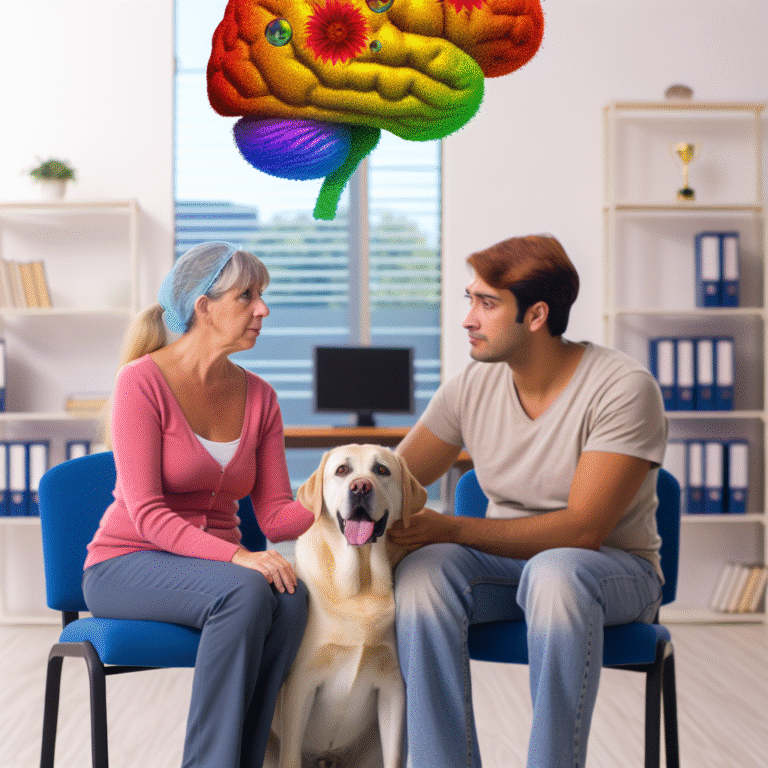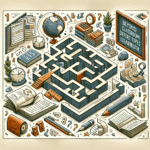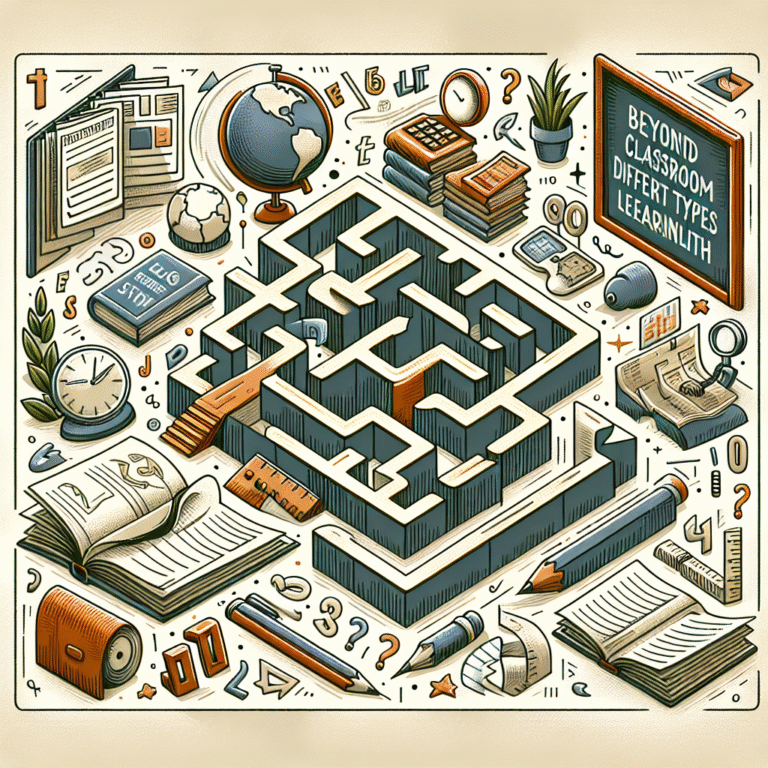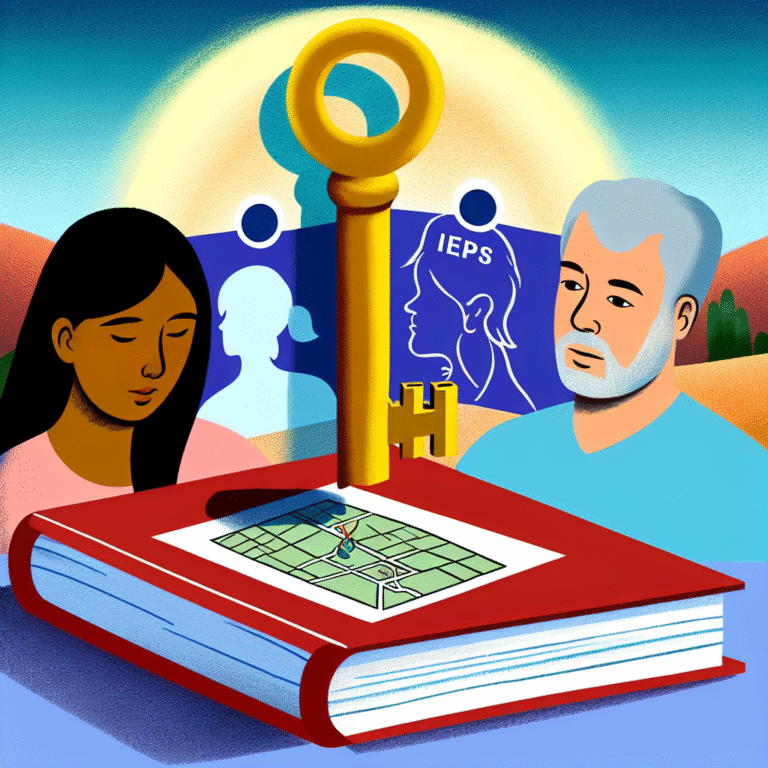
The Ultimate Guide to The Complex World of Dissociative Disorders: Myths, Causes, and Therapeutic Approaches
Introduction
In today’s fast-paced world, mental health issues are garnering more attention than ever before. Among these, dissociative disorders stand out for their intriguing yet misunderstood nature. Imagine experiencing gaps in your memory, feeling detached from your thoughts or surroundings, or even assuming identities that are not your own. This is the complex world of dissociative disorders—a realm that is often dismissed as mere sensationalism or misunderstood as a dramatic ploy. However, beneath the surface lies a collection of serious mental health conditions demanding recognition and understanding. In this article, we will delve into The Complex World of Dissociative Disorders: Myths, Causes, and Therapeutic Approaches, aiming to unravel misconceptions, explore underlying causes, and highlight effective therapeutic methods.
Understanding Dissociative Disorders
Dissociative disorders are characterized by disruptions in memory, consciousness, identity, and perception. The primary types of these disorders include:
- Dissociative Identity Disorder (DID): Previously known as multiple personality disorder, DID involves the presence of two or more distinct identities or personality states within an individual.
- Dissociative Amnesia: This condition is marked by the inability to recall important personal information, usually following a traumatic or stressful event.
- Depersonalization/Derealization Disorder: Individuals with this disorder experience persistent or recurring feelings of detachment from their body (depersonalization) or surroundings (derealization).
Understanding the nuances of these conditions is critical to combating The Complex World of Dissociative Disorders: Myths, Causes, and Therapeutic Approaches.
Myths Surrounding Dissociative Disorders
Myth 1: Dissociative Disorders Are Hoaxes
One of the most pervasive myths is that dissociative disorders are fabricated or exaggerated. This misconception stems from portrayals in popular media and a general lack of understanding. However, research indicates that these disorders often arise from severe trauma, particularly in childhood. For many individuals, dissociation serves as a defense mechanism to cope with overwhelming emotional pain.
Myth 2: Dissociative Identity Disorder Means a Person Has Multiple Personalities
While DID does involve multiple identities, it is not as straightforward as it is often depicted in movies and television shows. Each identity may have its own unique memories, behaviors, and even physical reactions. It’s essential to understand that these identities are parts of the same person, often developed as coping mechanisms in response to trauma.
Myth 3: People With Dissociative Disorders Lead Distorted Lives
Another common misconception is that those with dissociative disorders are dysfunctional or unable to lead normal lives. Although the disorders can present significant challenges, many individuals successfully manage their condition and lead fulfilling lives with the right support and treatment.
Causes of Dissociative Disorders
To comprehend The Complex World of Dissociative Disorders: Myths, Causes, and Therapeutic Approaches, we must investigate the underlying causes. Research indicates that several factors contribute to these conditions:
1. Trauma
The most significant factor linked to dissociative disorders is trauma, particularly repeated and severe trauma during early childhood. Events such as physical or sexual abuse, neglect, or exposure to violence can lead individuals to dissociate as a protective mechanism.
2. Stress
Intense stress, such as loss of a loved one or significant life changes, can trigger dissociative symptoms even in individuals who do not have a history of severe trauma.
3. Environmental Factors
Growing up in environments that are chaotic, unpredictable, or highly stressful increases the risk of developing dissociative disorders.
4. Neurobiology
Recent studies suggest that there may also be neurobiological underpinnings associated with dissociation. Research indicates that alterations in brain function and chemistry may play a role in how individuals process traumatic experiences.
Case Study: The Journey of Sarah
To understand how these factors manifest in real-life scenarios, consider the case of Sarah, a 30-year-old woman diagnosed with DID. As a child, Sarah faced physical abuse from a caregiver, leading her brain to create dissociative identities as a means of coping. Each identity—though distinctly different—holds fragments of Sarah’s memories and experiences, acting as a safeguard against her trauma.
Through therapy, Sarah began to integrate these identities and confront the trauma that led to her disorder. This journey underscores the importance of recognizing the causes behind dissociative disorders and highlights the potential for recovery with the right therapeutic approaches.
Therapeutic Approaches
Understanding The Complex World of Dissociative Disorders: Myths, Causes, and Therapeutic Approaches would be incomplete without discussing the various treatment options available.
1. Psychotherapy
Psychotherapy remains the cornerstone of treatment for dissociative disorders. The most common forms include:
- Cognitive Behavioral Therapy (CBT): This approach helps individuals identify and challenge negative thought patterns and develop healthier coping mechanisms.
- Dialectical Behavior Therapy (DBT): Originally designed for borderline personality disorder, DBT has proven effective in treating dissociative disorders by focusing on emotional regulation and interpersonal effectiveness.
- Trauma-Focused Therapy: Particularly for those with dissociative identity disorder, trauma-focused approaches aim to process and integrate traumatic memories.
2. Medication
While no specific medication is approved for dissociative disorders, healthcare providers may prescribe antidepressants or anti-anxiety medications to help manage accompanying symptoms.
3. Group Therapy
Group therapy provides individuals with dissociative disorders a supportive network. It offers an environment to share experiences, gain insight, and learn from others facing similar challenges.
4. Mindfulness and Grounding Techniques
Techniques such as mindfulness meditation and grounding exercises help individuals reconnect with their bodies and present experiences, reducing dissociative symptoms.
Case Study: Michael’s Therapy Experience
Michael, a 28-year-old man with dissociative amnesia, experienced significant memory loss following a traumatic accident. After several sessions of trauma-focused therapy, Michael began to gradually recall details from the incident that had been suppressed. This gradual process of unearthing memories is crucial in reconciling dissociative experiences, thereby helping Michael re-establish a coherent sense of self.
Conclusion
The journey through The Complex World of Dissociative Disorders: Myths, Causes, and Therapeutic Approaches reveals that these disorders are complex and multifaceted, interwoven with our most profound vulnerabilities. Challenging the myths surrounding dissociative disorders is paramount to fostering understanding, compassion, and effective treatment. The stories of individuals grappling with these conditions highlight the resilience of the human spirit and the critical importance of appropriate therapeutic interventions.
If you or someone you know is dealing with dissociative disorders, remember that understanding is the first step toward healing. Seeking professional help can pave the path to recovery and integration.
FAQs
1. What are the primary symptoms of dissociative disorders?
Symptoms can include memory gaps, feelings of detachment, identity confusion, and disruptions in consciousness, among others.
2. Are dissociative disorders prevalent?
Dissociative disorders are relatively rare but can be more common in specific populations, especially those with a history of trauma.
3. Can dissociative disorders be cured?
While individuals may not completely eliminate their symptoms, many can effectively manage their condition and lead fulfilling lives with appropriate treatment.
4. How long does therapy take for dissociative disorders?
The duration of therapy varies widely depending on the individual’s personal history and the severity of their symptoms. Some may require years of therapy, while others find relief sooner.
5. Is there a link between dissociative disorders and childhood trauma?
Yes, extensive research demonstrates a strong connection between childhood trauma—particularly abuse or neglect—and the development of dissociative disorders in later life.
By addressing these pressing questions and dispelling myths, we can better support individuals navigating The Complex World of Dissociative Disorders: Myths, Causes, and Therapeutic Approaches. With understanding, empathy, and appropriate interventions, those affected by these disorders can find pathways to healing and wholeness.













